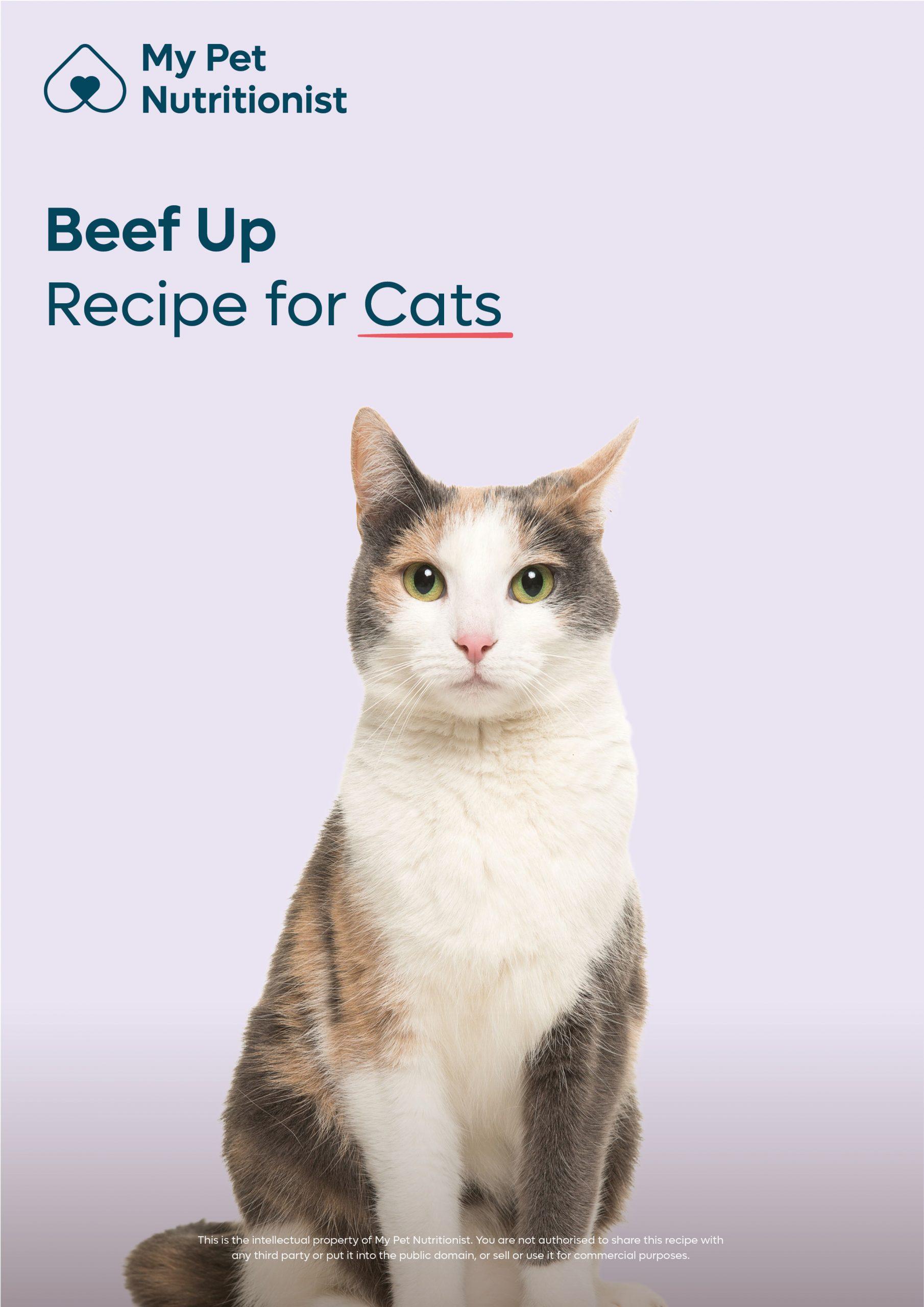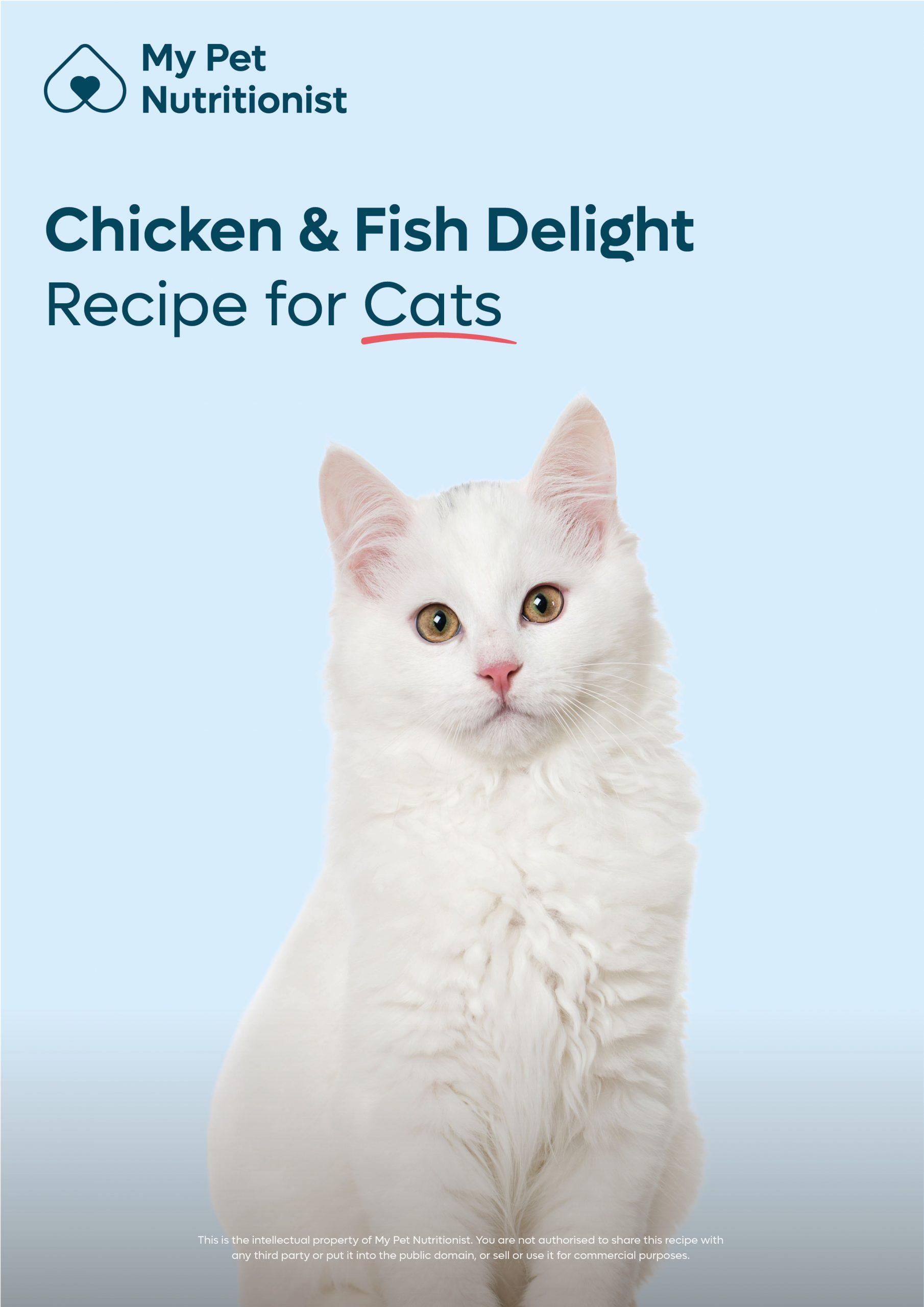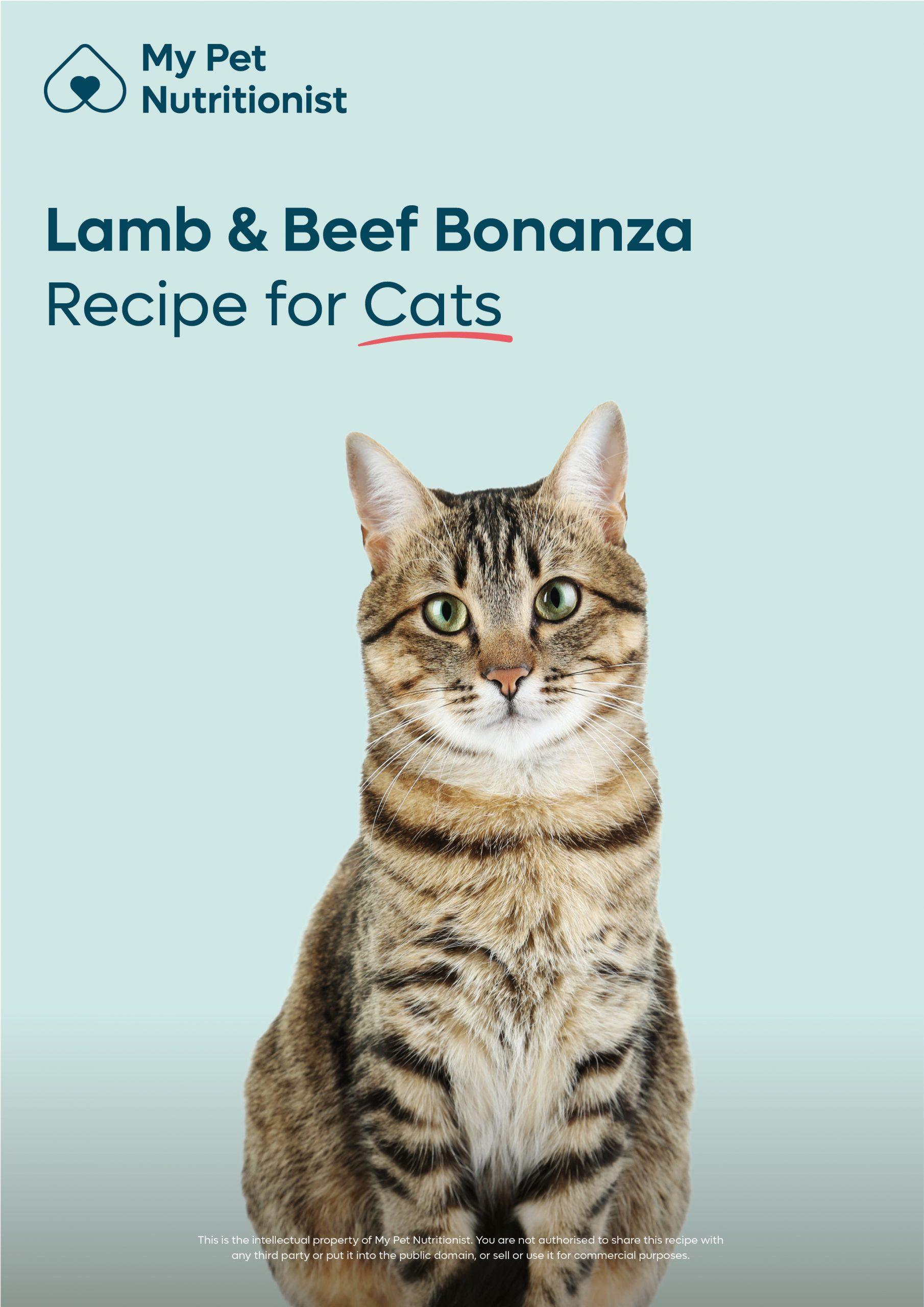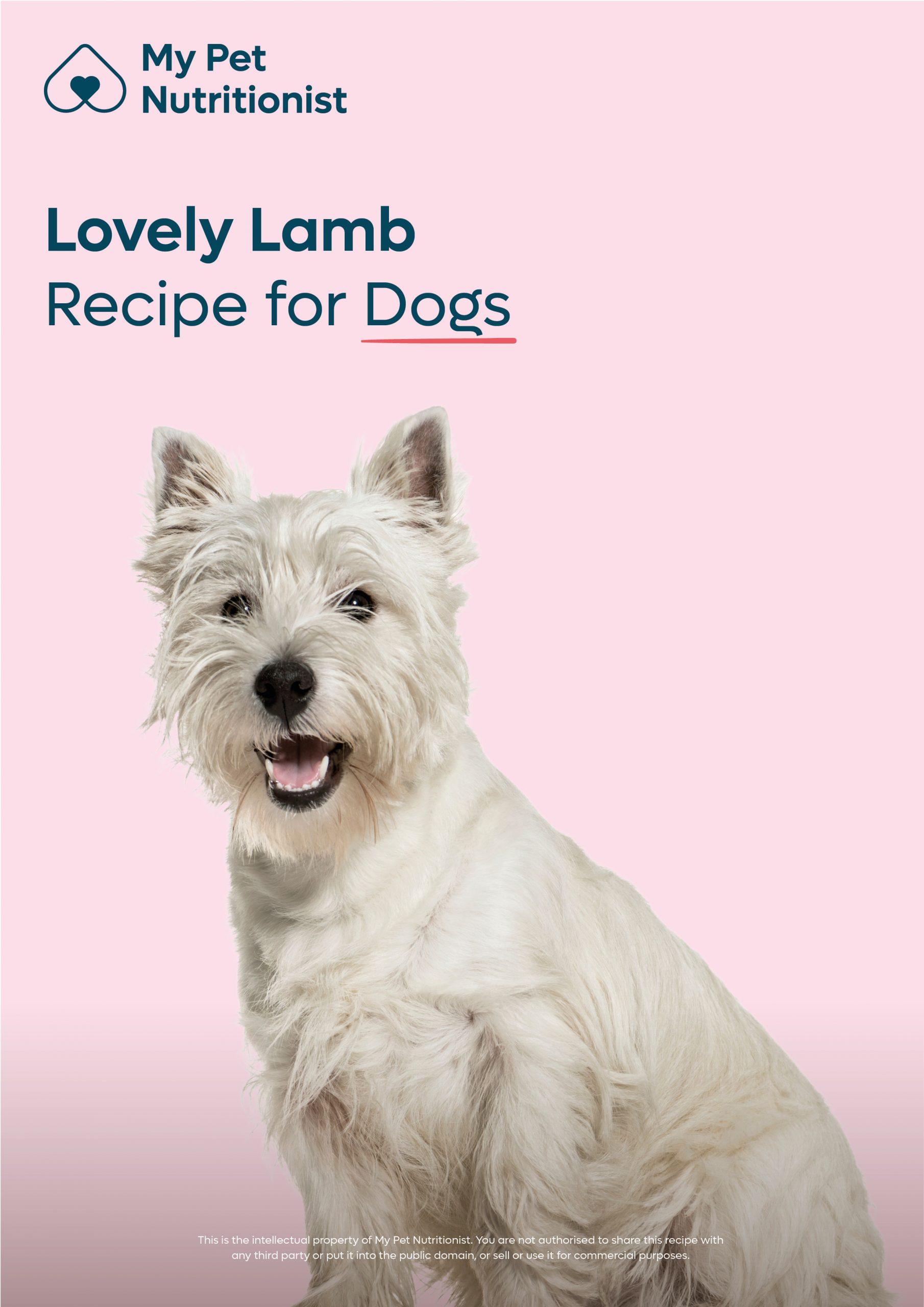-
£19.99

The Lowdown on Hypokalaemia in Pets
- March 28, 2024
- 6 mins 30 secs
Here as My Pet Nutritionist, we see customers with pets with a host of different diagnoses. Diet and lifestyle play a huge role in the management of such conditions, and this is no different when your pet has been diagnosed with Hypokalaemia. Find out more about this condition in this blog post, where you can learn what it is, how to spot symptoms, conventional treatments available, and how you can help your dog by tweaking their diet and lifestyle.
Potassium is an electrolyte, and is an essential mineral, stored mostly inside cells. It plays a huge role in the body, including keeping nerve function healthy, ensuring the muscles and heart function correctly, and aiding the transport of both nutrients, and waste around the body. Those with hypokalaemia are deficient in potassium, which plays havoc on nerve, muscle and heart function as the change in concentration of potassium disrupts electrical charges and cell signals from passing through the cells properly. Nutrient absorption and waste remove may also reduce.
Hypokalaemia mostly affects the nervous system, the cardiovascular system (which is as a result of hypokalaemia of the nervous system, as the lack of electric signalling from the brain to the heart causes irregular heartbeat which can ultimately lead to death), and the musculoskeletal system.
This condition can happen in both dogs and cats, but is more common in dogs than it is in cats.
If your pet is showing any number of these symptoms, it is important you seek veterinary attention as soon as possible.
In the event that too much potassium is lost from the body due to polyurea (excessively urinating), excessive defecating, vomiting or other bodily fluid loss, Hypokalaemia is a risk. This is often seen as a secondary health complication to chronic kidney disease (CKD), cardiac issues, or cancer, but most commonly with CKD. Those with CKD, cardiac issues or cancer may notice symptoms after some time, as the damage caused on cells in the body causes potassium loss, which is often not replaced in the diet.
Findings Here
As potassium can only be sourced through the diet, the lack of a properly balanced diet, low food intake (such as those with anorexia), or reductions in the amount of food eaten by the individual each day either due to illness, or weight loss where daily food allowances have been reduced too quickly, can all lead to Hypokalaemia.
Findings Here
Findings Here
Findings Here
Dogs and cats with metabolic conditions may also be at risk of developing hypokalaemia. Those with diabetes mellitus are among the more common to experience a lack of potassium in the bloodstream.
Findings Here
The use of some medications such as most cardiac medications which are diuretics can lead to hypokalaemia too, however this is a tricky problem to solve, as the medications with the potential to cause hypokalaemia, are often life saving, and required.
Findings Here
Alongside a urinalysis, your veterinarian will take a sample of your pet’s blood, which will be analysed in a lab to determine current concentrations of potassium in the blood serum. Abnormal levels of potassium will be easily identified via this blood test.
As cardiac issues often come hand in hand with hypokalaemia, due to the lack of ability to send electric signals to the muscle to encourage it to work, many veterinarians will also run an ECG on your pet to ensure their heart is in good working order. This is often carried out following diagnosis of hypokalaemia. Auscultation (listening to parts of the body with a stethoscope) will be carried out, as it should be with any veterinary appointment, regardless of reason. This will quickly check for any signs of arrhythmia, from where the veterinarian may proceed to using an ECG.
Findings Here
Your veterinarian may recommend a specific diet, and will also recommend giving your dog daily potassium supplements, usually in the form of potassium gluconate or potassium citrate, which are both of use by the dog or cat’s body. There are a number of supplements often prescribed by veterinarians, such as the widely available VetPlus Kaminox.
It is always important that you have your pet checked by a veterinarian if they experience any of the aforementioned symptoms, and that you follow your veterinarian’s advice when it comes to potassium supplementation, and whether your pet needs it short term, or long term.
Our extensive range of FEDIAF balanced cooked food recipes for both dogs and cats, can be found here!
If your dog is fed a raw diet, and in need of potassium rich extras to add in, the following are great sources of potassium:
Further supplementation for underlying conditions causing hypokalaemia will differ depending on the condition your pet is suffering from. This is something to discuss with one of our nutritionists, your veterinarian, or a holistic veterinarian.
Changes to exercise amount or style may be required depending on the condition, and some conditions may be exacerbated using certain medications including flea treatments, and some cleaning products used in the home may need to be changed to benefit gut health in conditions where gut health is of utmost important. Once you have an official diagnoses of underlying conditions causing your pet’s hypokalaemia, we highly recommend booking a consultation with one of our team to ensure your plans are suitable for your individual pet’s needs.
We hope you have enjoyed learning about Hypokalaemia, and that this blog post has enables you to help your pet, and alleviate their symptoms! If you feel you require some more in depth, on to one help, our Personalise package may be ideal for you! You can book your consultation here!
Team MPN x
What is Hypokalaemia?
Hypokalaemia is a deficiency of potassium in the bloodstream. We can break the word down into three parts; ‘hypo’ meaning there is not enough of something, ‘kal’ being related to the chemical formula of potassium, and ‘aemia’ meaning in relation to the blood.Potassium is an electrolyte, and is an essential mineral, stored mostly inside cells. It plays a huge role in the body, including keeping nerve function healthy, ensuring the muscles and heart function correctly, and aiding the transport of both nutrients, and waste around the body. Those with hypokalaemia are deficient in potassium, which plays havoc on nerve, muscle and heart function as the change in concentration of potassium disrupts electrical charges and cell signals from passing through the cells properly. Nutrient absorption and waste remove may also reduce.
Hypokalaemia mostly affects the nervous system, the cardiovascular system (which is as a result of hypokalaemia of the nervous system, as the lack of electric signalling from the brain to the heart causes irregular heartbeat which can ultimately lead to death), and the musculoskeletal system.
This condition can happen in both dogs and cats, but is more common in dogs than it is in cats.
Symptoms of Hypokalaemia
There are a variety of symptoms you may see in your pet prior to diagnosis, however milder cases may be symptom-free until the deficiency is severe, when symptoms start to show. These symptoms can include:- Lethargy/fatigue
- Vomiting
- Severe constipation
- Increased thirst
- Increased urination
- Weight loss
- Muscle wastage
- Changes to gait (stiffness, posture/head position, and walking on the back of their feet, not the sole)
- Irregular heartbeat
If your pet is showing any number of these symptoms, it is important you seek veterinary attention as soon as possible.
Causes of Hypokalaemia
So what causes hypokalaemia? This certainly isn’t a straight forward, one answer fits all situation, so let’s take a look at the potential causes of hypokalaemia in pets.In the event that too much potassium is lost from the body due to polyurea (excessively urinating), excessive defecating, vomiting or other bodily fluid loss, Hypokalaemia is a risk. This is often seen as a secondary health complication to chronic kidney disease (CKD), cardiac issues, or cancer, but most commonly with CKD. Those with CKD, cardiac issues or cancer may notice symptoms after some time, as the damage caused on cells in the body causes potassium loss, which is often not replaced in the diet.
Findings Here
As potassium can only be sourced through the diet, the lack of a properly balanced diet, low food intake (such as those with anorexia), or reductions in the amount of food eaten by the individual each day either due to illness, or weight loss where daily food allowances have been reduced too quickly, can all lead to Hypokalaemia.
The recommended amount of potassium per day for a dog is 1g per 15kg (33lbs) bodyweight. For a cat, the recommended daily amount of potassium is 0.33g per 4kg (9lbs) bodyweight.
Findings Here
Findings Here
Findings Here
Dogs and cats with metabolic conditions may also be at risk of developing hypokalaemia. Those with diabetes mellitus are among the more common to experience a lack of potassium in the bloodstream.
Findings Here
The use of some medications such as most cardiac medications which are diuretics can lead to hypokalaemia too, however this is a tricky problem to solve, as the medications with the potential to cause hypokalaemia, are often life saving, and required.
Findings Here
Diagnosing Hypokalaemia
As hypokalaemia is very often associated with other diseases, most commonly CKD, your veterinarian will run a urinalysis – this is where you take a sample of your dog or cat’s urine, which is then analysed in a lab to check your pet’s kidney function. abnormal function of the kidneys could point to hypokalaemia being the reason for your pet’s stiff gait, muscle wastage, or other symptoms commonly displayed by pets with the condition.Alongside a urinalysis, your veterinarian will take a sample of your pet’s blood, which will be analysed in a lab to determine current concentrations of potassium in the blood serum. Abnormal levels of potassium will be easily identified via this blood test.
As cardiac issues often come hand in hand with hypokalaemia, due to the lack of ability to send electric signals to the muscle to encourage it to work, many veterinarians will also run an ECG on your pet to ensure their heart is in good working order. This is often carried out following diagnosis of hypokalaemia. Auscultation (listening to parts of the body with a stethoscope) will be carried out, as it should be with any veterinary appointment, regardless of reason. This will quickly check for any signs of arrhythmia, from where the veterinarian may proceed to using an ECG.
Findings Here
Conventional Treatment Options
When treating, or managing hypokalaemia, the ‘conventional’ treatments are very much similar to the natural support you can provide your cat or dog. The ultimate goal, is to raise potassium levels! In the more severe cases, where the pet is extremely unwell, unable to walk, constantly vomiting, defecating and urinating, the pet will be given a potassium rich mixture via intravenous drip. Depending on the condition, and medical history of the pet in question, the veterinarian will be able to determine how fast the potassium drip should be administered – too fast, and the heart may be affected by an irregular heartbeat!Your veterinarian may recommend a specific diet, and will also recommend giving your dog daily potassium supplements, usually in the form of potassium gluconate or potassium citrate, which are both of use by the dog or cat’s body. There are a number of supplements often prescribed by veterinarians, such as the widely available VetPlus Kaminox.
It is always important that you have your pet checked by a veterinarian if they experience any of the aforementioned symptoms, and that you follow your veterinarian’s advice when it comes to potassium supplementation, and whether your pet needs it short term, or long term.
Supporting the Body Naturally
There are a number of dietary enhancements, and supplements which can be beneficial to support those with hypokalaemia.Diet
As frequent readers of our blog will know, we would recommend a fresh diet for all pets, especially those suffering from health conditions! A balanced fresh diet, whether it’s raw or cooked, can be tweaked to suit conditions such as hypokalaemia, which in turn helps prevent future flares of the disease. The vast majority of commercial dry dog foods on the market are sadly not meeting the minimum nutritional guidelines for many vital nutrients, when tested in a large study into nutritional values of dry dog foods.Our extensive range of FEDIAF balanced cooked food recipes for both dogs and cats, can be found here!
If your dog is fed a raw diet, and in need of potassium rich extras to add in, the following are great sources of potassium:
- Avocado (flesh only!)
- Apple
- Banana
- Spinach
- Kale
- Cucumber
- Courgette
- Pumpkin
- Carrot
- Sweet potato
- Oily fish
- Chicken
- Turkey
- Kefir
Supplements
When it comes to supplementation, the products often recommended by the vet are sufficient. If these products aren’t being used for your pets, you can find; under the guidance of a professional, be it a veterinarian, a holistic veterinarian, or a nutritionist from My Pet Nutritionist, a good quality Potassium Gluconate or Potassium Citrate supplement. Most are marketed toward cats and dogs, but some are marketed toward cats or dogs.Further supplementation for underlying conditions causing hypokalaemia will differ depending on the condition your pet is suffering from. This is something to discuss with one of our nutritionists, your veterinarian, or a holistic veterinarian.
Lifestyle changes
As with supplementation, lifestyle changes are often vital if your pet is diagnosed with hypokalaemia, however the changes required very much differ depending on the underlying cause of your pet’s hypokalaemia.Changes to exercise amount or style may be required depending on the condition, and some conditions may be exacerbated using certain medications including flea treatments, and some cleaning products used in the home may need to be changed to benefit gut health in conditions where gut health is of utmost important. Once you have an official diagnoses of underlying conditions causing your pet’s hypokalaemia, we highly recommend booking a consultation with one of our team to ensure your plans are suitable for your individual pet’s needs.
We hope you have enjoyed learning about Hypokalaemia, and that this blog post has enables you to help your pet, and alleviate their symptoms! If you feel you require some more in depth, on to one help, our Personalise package may be ideal for you! You can book your consultation here!
Team MPN x
Customer Reviews
Explore related products
Related articles
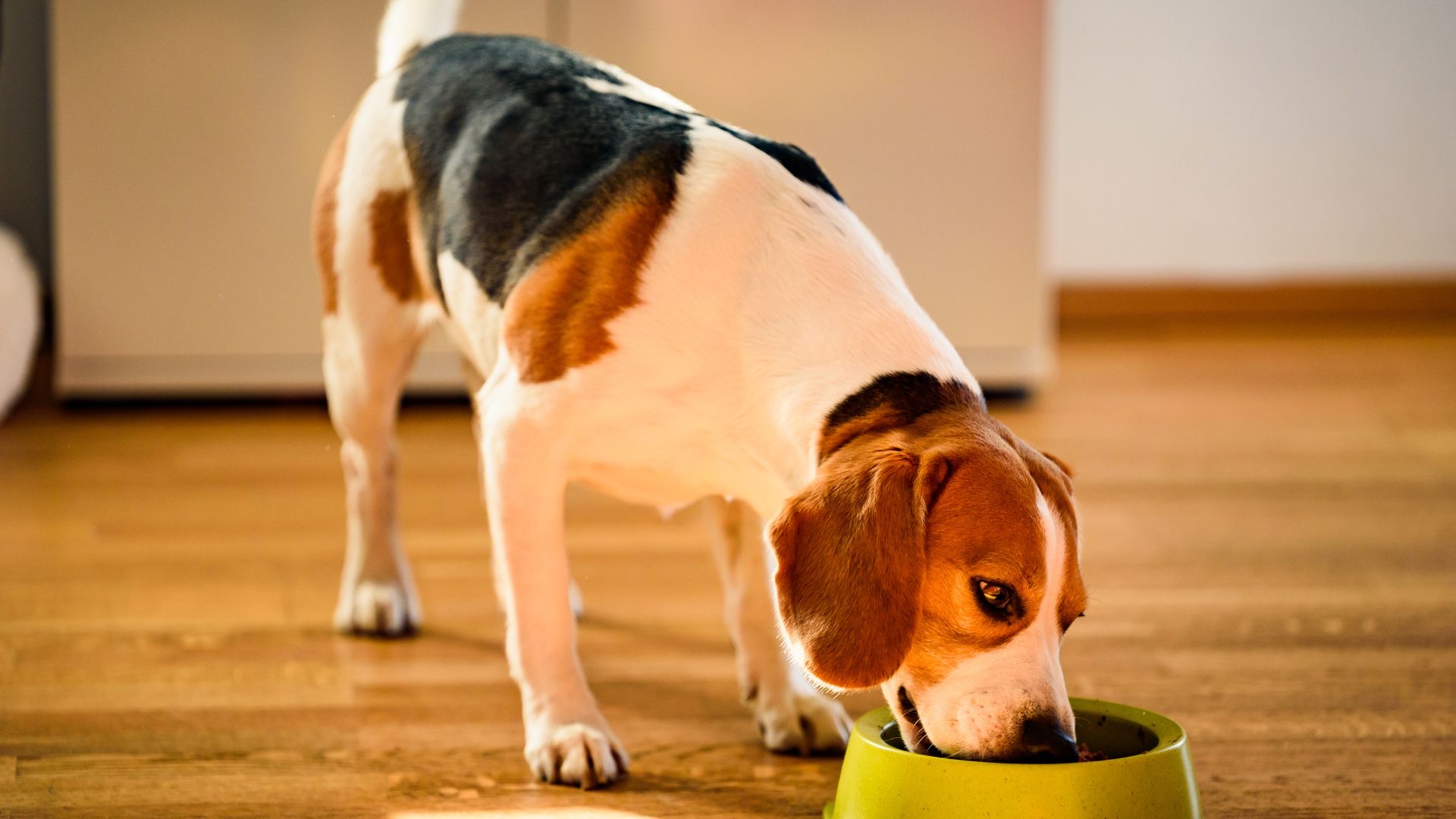
Dietary NeedsDisease ManagementCatsDogsHeart HealthKidney Disease
Why Cooked Food is Best for Your Pet’s Kidney and Liver Disease
May 30 2024
•
6 mins 55 secs

Dietary NeedsDisease ManagementCatsDogsHeart HealthKidney Disease
The Lowdown on Hypokalaemia in Pets
Mar 28 2024
•
6 mins 30 secs
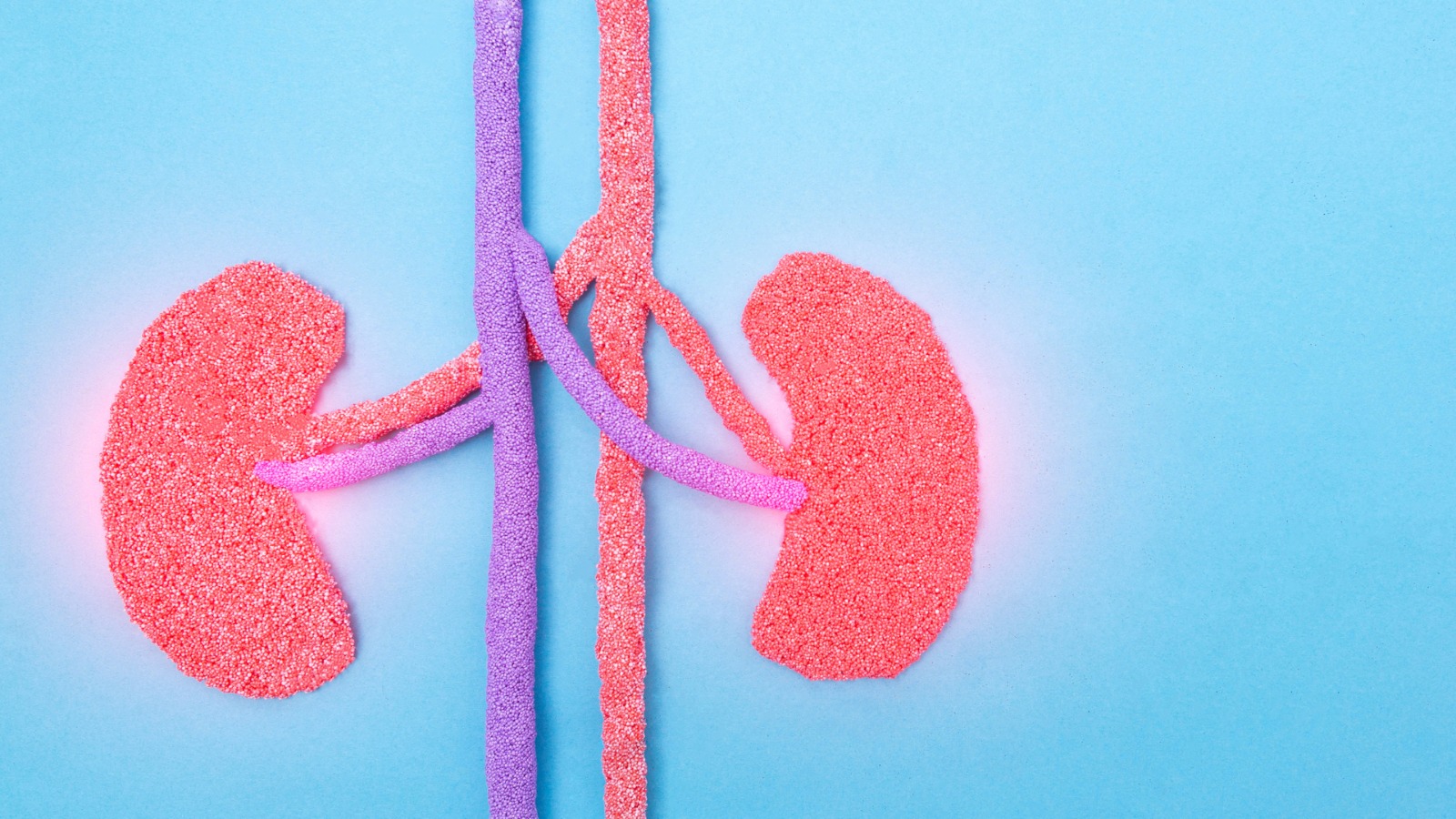
Dietary NeedsDisease ManagementCatsDogsHeart HealthKidney Disease
Kidney Diet: Low Phosphorous Vs Low Protein
Sep 28 2023
•
4 mins 15 secs

Dietary NeedsDisease ManagementCatsDogsHeart HealthKidney Disease
Our Top Nutrients for General Kidney Health
Oct 06 2021
•
5 mins 56 secs

Dietary NeedsDisease ManagementCatsDogsHeart HealthKidney Disease
Why Does My Dog Need Minerals – Part Two
Sep 23 2021
•
12 min read

Dietary NeedsDisease ManagementCatsDogsHeart HealthKidney Disease
Why Does My Dog Need Minerals – Part One
Sep 22 2021
•
7 min read
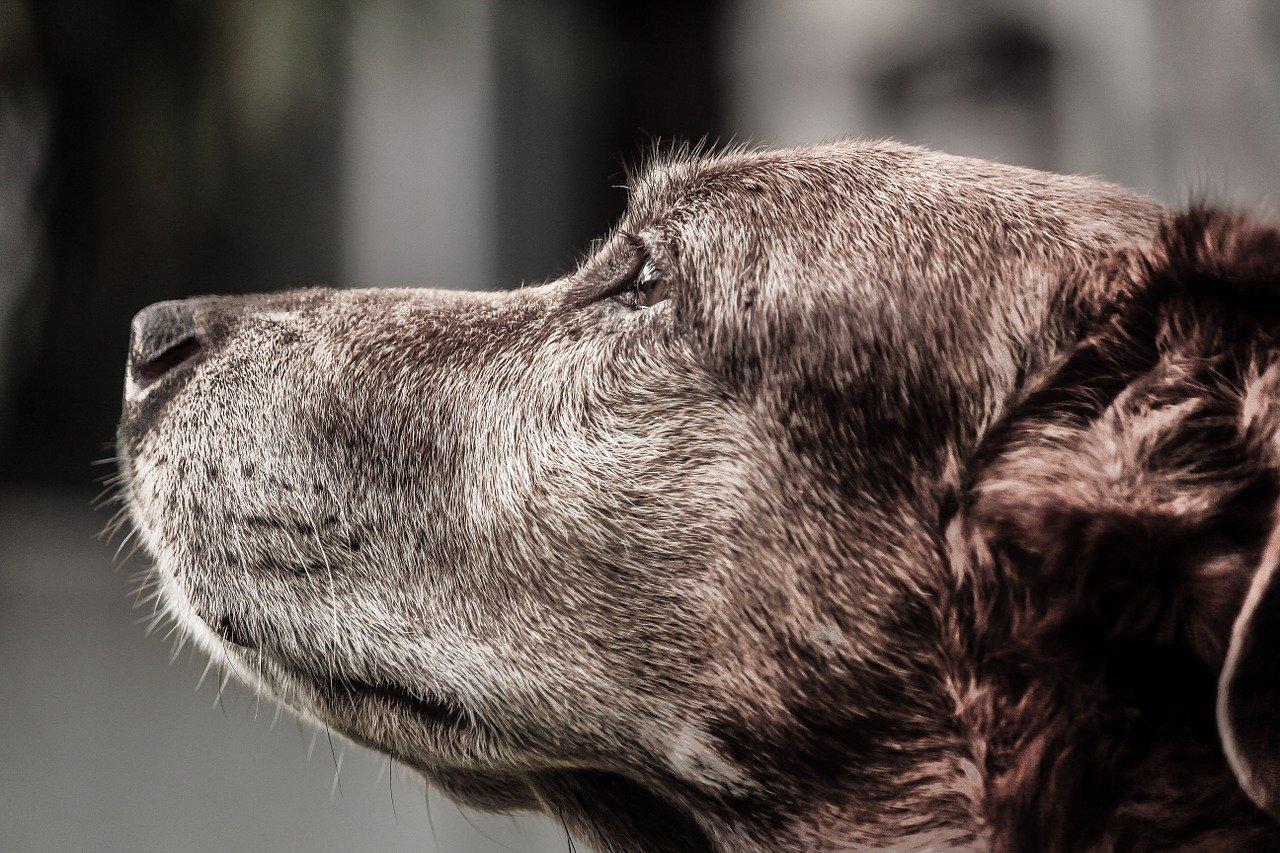
Dietary NeedsDisease ManagementCatsDogsHeart HealthKidney Disease
Keeping Your Senior Dog Healthy
Aug 17 2021
•
5 min read

Dietary NeedsDisease ManagementCatsDogsHeart HealthKidney Disease
The Problem with Purines
Jul 06 2021
•
6 min read

Dietary NeedsDisease ManagementCatsDogsHeart HealthKidney Disease
Glyphosate and My Dog
Jun 07 2021
•
5 min read
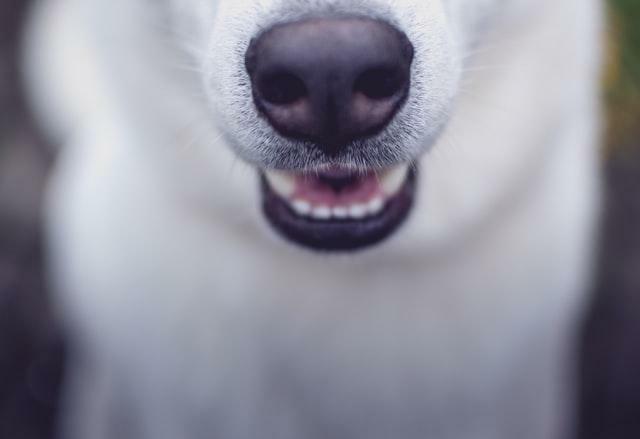
Dietary NeedsDisease ManagementCatsDogsHeart HealthKidney Disease
Periodontal Disease in Dogs
May 04 2021
•
7 min read

Dietary NeedsDisease ManagementCatsDogsHeart HealthKidney Disease
Does My Pet Need to Detox
Apr 15 2021
•
8 min read
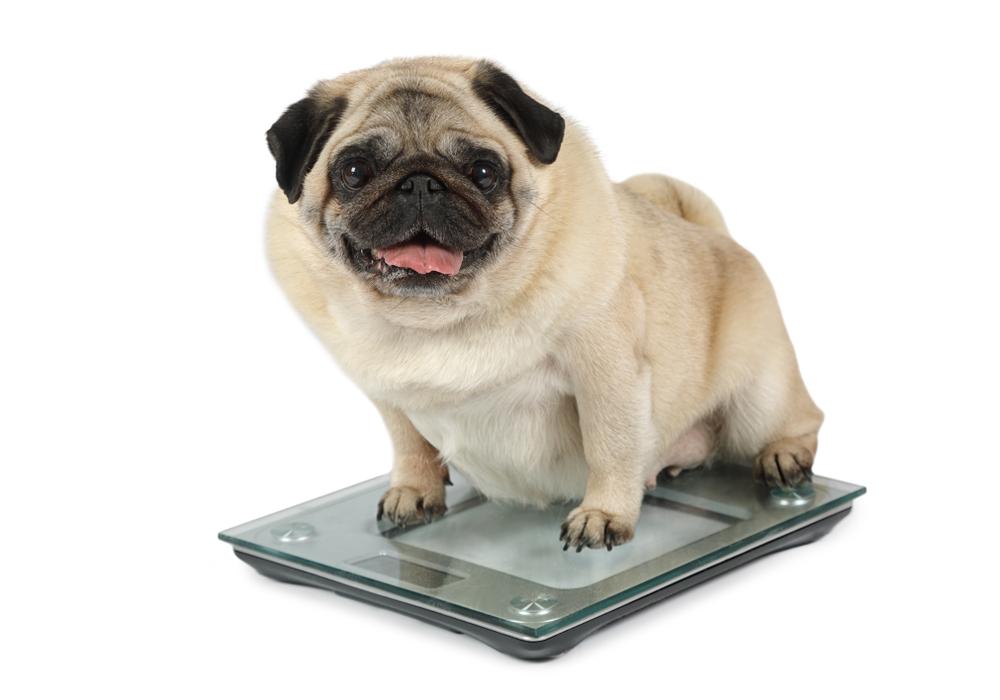
Dietary NeedsDisease ManagementCatsDogsHeart HealthKidney Disease
Obesity in Pets Part 1
Feb 25 2021
•
9 min read
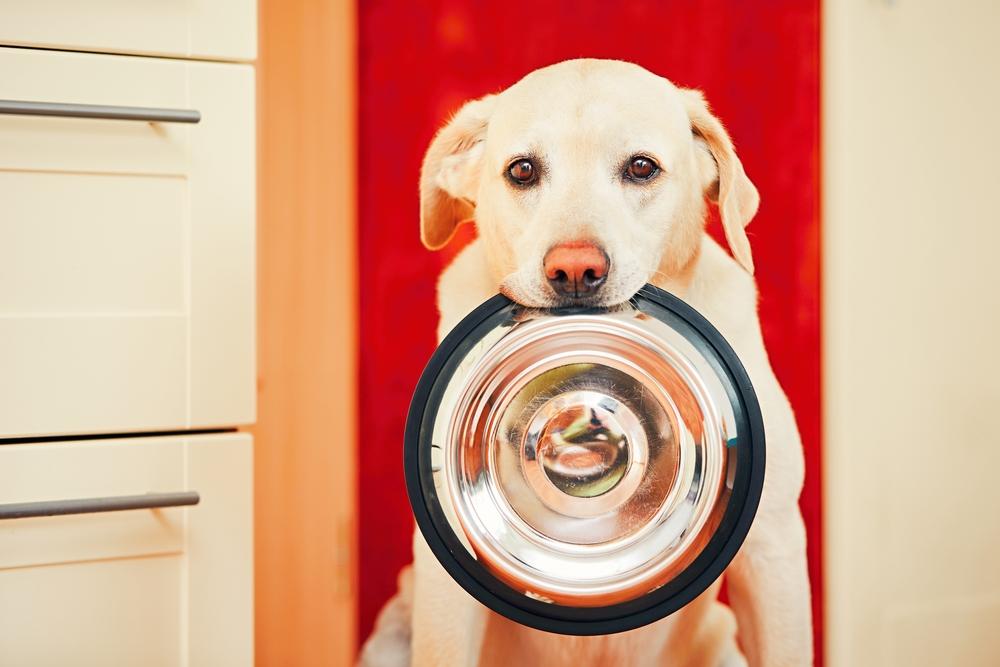
Dietary NeedsDisease ManagementCatsDogsHeart HealthKidney Disease
Why Is My Dog A Fussy Eater?
Jan 18 2021
•
10 min read

Dietary NeedsDisease ManagementCatsDogsHeart HealthKidney Disease
Why is My Dog Losing His Hair?
Jan 04 2021
•
7 min read

Dietary NeedsDisease ManagementCatsDogsHeart HealthKidney Disease
Kidney Disease in Cats
Dec 03 2020
•
7 min read

Dietary NeedsDisease ManagementCatsDogsHeart HealthKidney Disease
5 Reasons Your Dog May Have Bad Breath
Nov 30 2020
•
7 min read

Dietary NeedsDisease ManagementCatsDogsHeart HealthKidney Disease
Why Zinc is Important for your Dog
Sep 10 2020
•
8 min read

Dietary NeedsDisease ManagementCatsDogsHeart HealthKidney Disease
7 Wonderful Herbs for Dogs
Jul 06 2020
•
9 min read

Dietary NeedsDisease ManagementCatsDogsHeart HealthKidney Disease
Does My Dog Have a Vitamin Deficiency?
May 04 2020
•
15 min read

Dietary NeedsDisease ManagementCatsDogsHeart HealthKidney Disease
Kidney Disease and Natural Nutrition for your Pet
Feb 21 2020
•
8 min read

Dietary NeedsDisease ManagementCatsDogsHeart HealthKidney Disease
7 Top Reasons to use Clay in your Dog’s Diet Regime
Feb 20 2020
•
5 min read
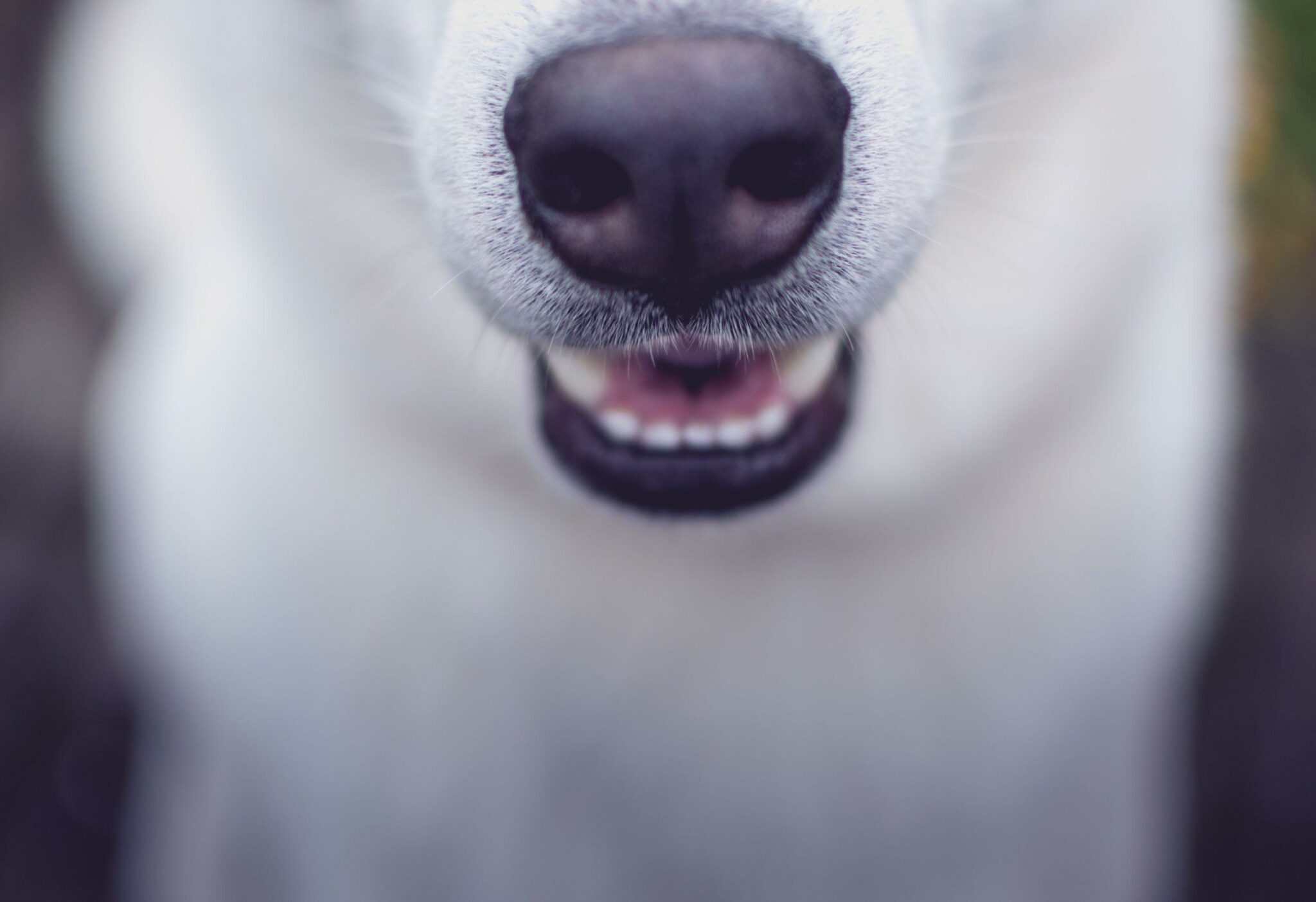
Dietary NeedsDisease ManagementCatsDogsHeart HealthKidney Disease
Dental care for your dog
Jan 07 2020
•
4 min read
✕





